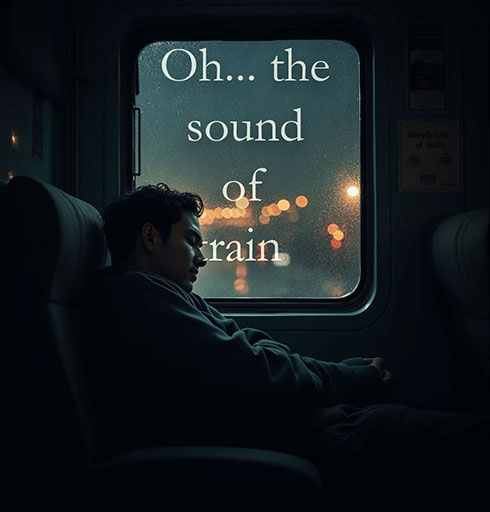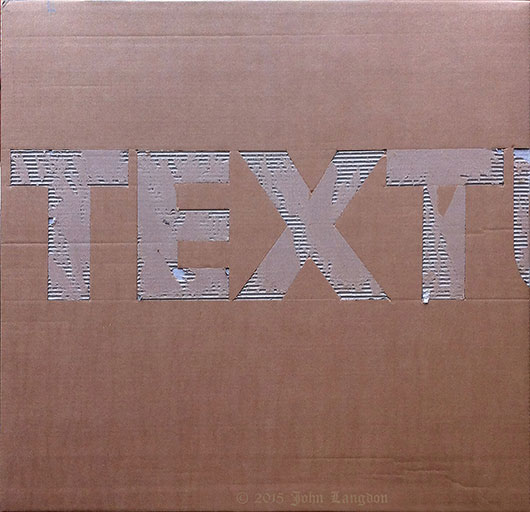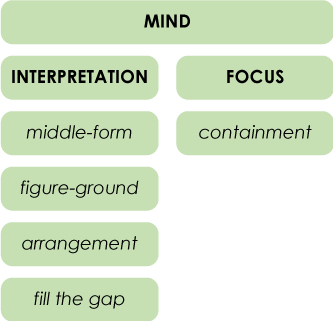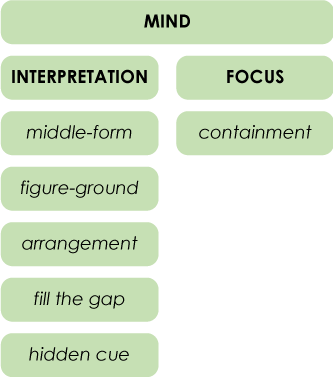Hello my friend, you know what I’ve been thinking?
What, Vassilis?
We have fundamental knowlenge of mind ambigrams. But I wonder, is there something else to be discovered, hidden in plain sight?
You mean something that we all know and don’t know it’s an ambigram?
Almost. Let me walk you through my thoughts.
I’ve been pondering on exactly how I’ve been going about discovering new ambigram types, and while I really should dedicate a whole theory section to this method, I’ll give a quick synopsis here. This trick has really guided me in my previous explorations for new types of ambigrams.
Now, what’s this trick? It’s to ask questions. Questions that show what’s going on in an ambigram. A very good question that fits amazingly well with this is “what if?”.
What do you mean, V?
Let’s stay in the mind category, in the interpretation group and see if we can use “what if?” to determine how these work.
Figure-ground. “What if what I am supposed to read is not the letters, but the negative space instead?”
Middle form. “What if a letter could be two letters at once?”
Arrangement. “What if the letters are randomly displayed and I’m supposed to discover how the piece should be read?”
Fill the gap. “What if I can’t see the whole letters?”
Now, here’s the crucial part. We can find a thousand “what if” questions, but this doesn’t mean that we’ll end up with a thousand ambigram types. But while we are on this exploration, we will discover some. Like the one that I’m going to talk about now.
Which is?
Remember when I said it’s hidden in plain sight? Here you have…








